Ochs und Junior is one of those companies that manages to make its presence actually seem necessary, in a world (mechanical horology) of questionable necessity overall. They are, on one level, a modest little outfit turning out a few, unobtrusive, design-forward, insider timepieces per year; on another level, they're one of the most genuinely subversive luxury watch manufacturers out there. If there's any company that's making a place for themselves in the luxury world by insisting on abandoning, or directly undermining, everything that we generally assume luxury stands for, it's Ochs und Junior. They've just announced their most recent watch: the annual calendar LIGHT.
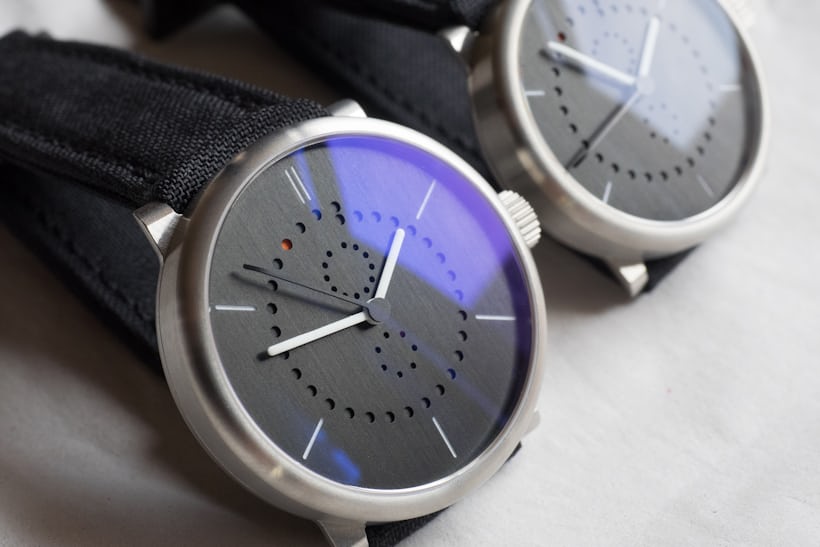
The annual calendar LIGHT is a lighter version of the company's existing annual calendar. The annual calendar design is remarkably simple and consists of only five extra parts; Ochs und Junior points out with some pride that the annual calendar is generally much more complex; the annual calendar module in Patek Philippe's caliber CH 28-520 uses a total of 154 components (out of 456 total for the entire movement). Obviously, Patek and Ochs und Junior are playing very different games, but it's still quite a remarkable achievement. The date is displayed, not numerically, but as a moving dot that takes one month to travel around the dial. At the end of a month with 30 days, the wheel carrying the strip of color jumps forward an extra increment, skipping the 31st. The great simplicity of the system, as well as the use of simple gears, means that the date can easily be adjusted from the crown, and moreover, that it's also extremely robust and reliable (good engineering in general being characterized by the simplest solution to a given mechanical problem).
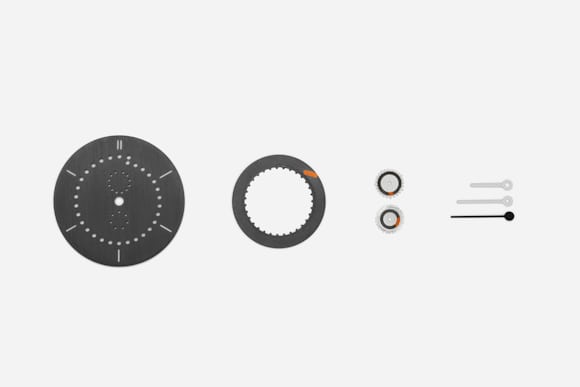
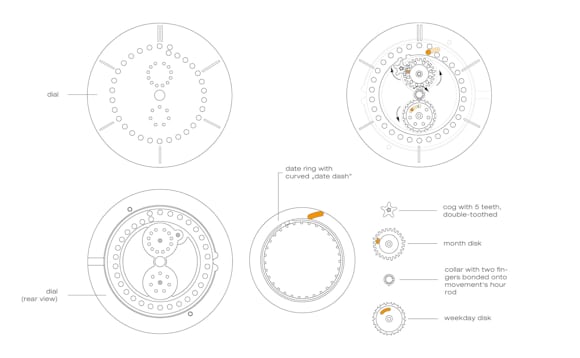
An interesting feature of the annual calendar of Ochs und Junior is that the indications are actually part of the mechanism (the orange strips shown above) which means that the gear system is also the indicator system – part of the reason that it's possible to so drastically reduce the parts count.
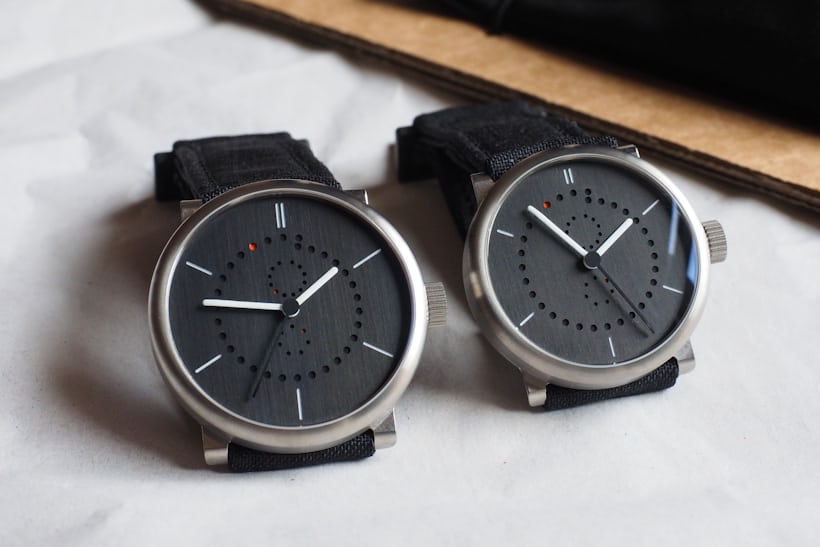
In titanium, the Ochs und Junior annual calendar is pretty darned light to begin with: 70.83 grams in a 42 mm case, and at 39 mm, we're down to 61.99 grams. The LIGHT version is just a bit over 40% lighter, in both sizes. As with Richard Mille's ultra-light watches, there's something interesting about seeing the usual instinct for luxury to be represented by something substantial, get turned on its head. The basic strategy is one familiar to anyone who has, for example, seen what gets done to a racing bike to hold weight down; you just get rid of as much unnecessary metal as possible. For the LIGHT, that was done by milling out all the excess titanium inside the case, without reducing structural integrity.

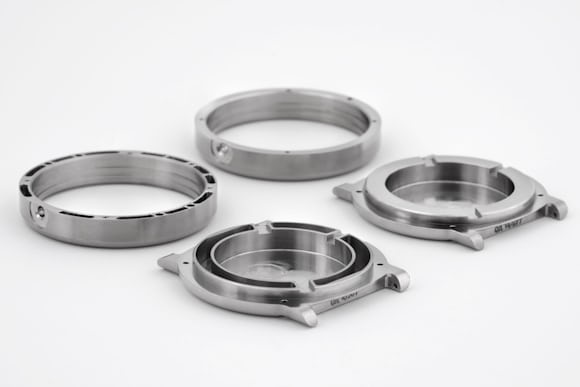
Every part of the watch was scrutinized to see where weight could be saved; this includes the strap and buckle. The buckle for the LIGHT version is carbon fiber, and it weighs only .86 grams; the kevlar and Velcro strap comes in at 5.07 grams.
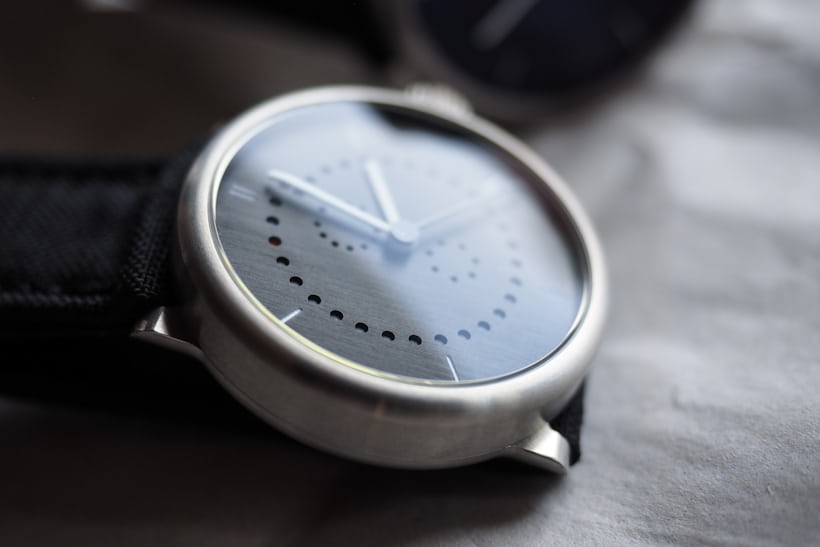
For many parts that, in the annual calendar, are made of brass, the LIGHT uses an aluminum, magnesium, silicon alloy (Al Mg Si 1). Density is much lower than brass (2.7g/cm3 vs 8.7g/cm3) and the material is easy to machine precisely. This is critical as many of the components for which Al Mg Si 1 are functional (including the dial, which is part of the gearing system for the calendar) so being able to precision machine it is essential.
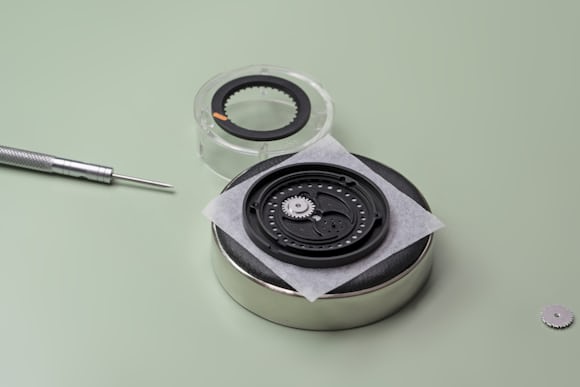
This is going to be a pretty exclusive watch; Ochs und Junior is going to make perhaps 10 per year, and as is usually the case, the company can offer lower pricing than you might expect for such a low volume, highly customizable complicated watch thanks to its use of parts that can be machined by a small contractor, rather than sourced from the usual suppliers – many parts are made in the machine shop of Formula 1 machinist Peter Cantieni.
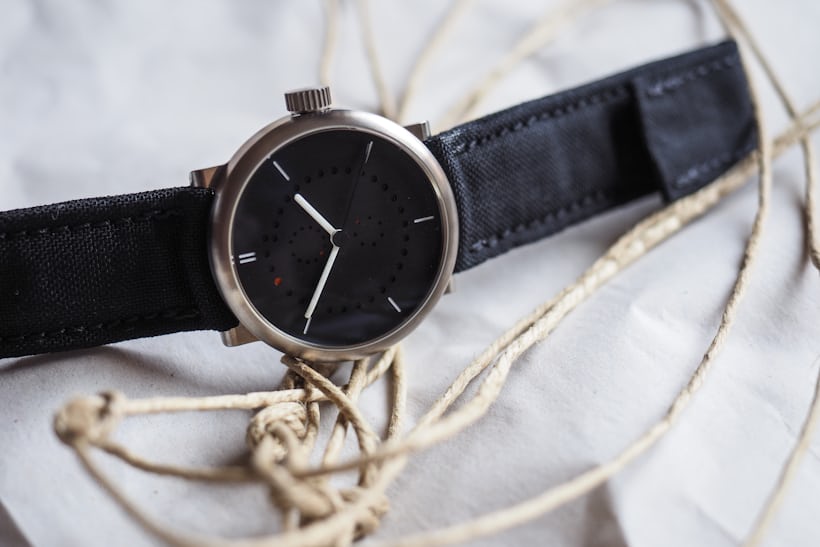
What can you say about the aesthetics of a watch that is deliberately designed to subvert aesthetics? Of course, in a certain sense Ochs und Junior represents the abandonment of aesthetics per se, but in another sense, it represents the adoption of a different aesthetic. Yes, it's an aesthetic to a certain extent grounded in the familiar – the Modernist celebration of the inherent properties of materials. On another level, though, Ochs und Junior, taken in the context of most other luxury watchmaking, is a wry, ironic commentary on the unquestioning acceptance of a certain design language, that when acquiesced to without thought, leads to a very pernicious kind of both very sterile and very expensive watchmaking.

Now, it goes without saying that this sort of thing, taken too far, can be its own kind of bad faith – a kind of Swiss version of hipster watchmaking. Right now though, I think Ochs und Junior makes it work. Without the mechanical ingenuity behind it, the Ochs und Junior LIGHT might seem just another piece of trendy cosmetics, but the level of attention to detail in the construction, choice of materials, and complication design makes it a continuing breath of badly needed fresh air.
The Ochs und Junior LIGHT is available in either 39 mm or 42 mm versions. Export price excluding VAT, CHF 9,200. For customization options or to order (one of each size is currently available) contact Ochs und Junior co-founder Beat Weinmann. For more info on the Ochs und Junior LIGHT, click here.
No comments:
Post a Comment